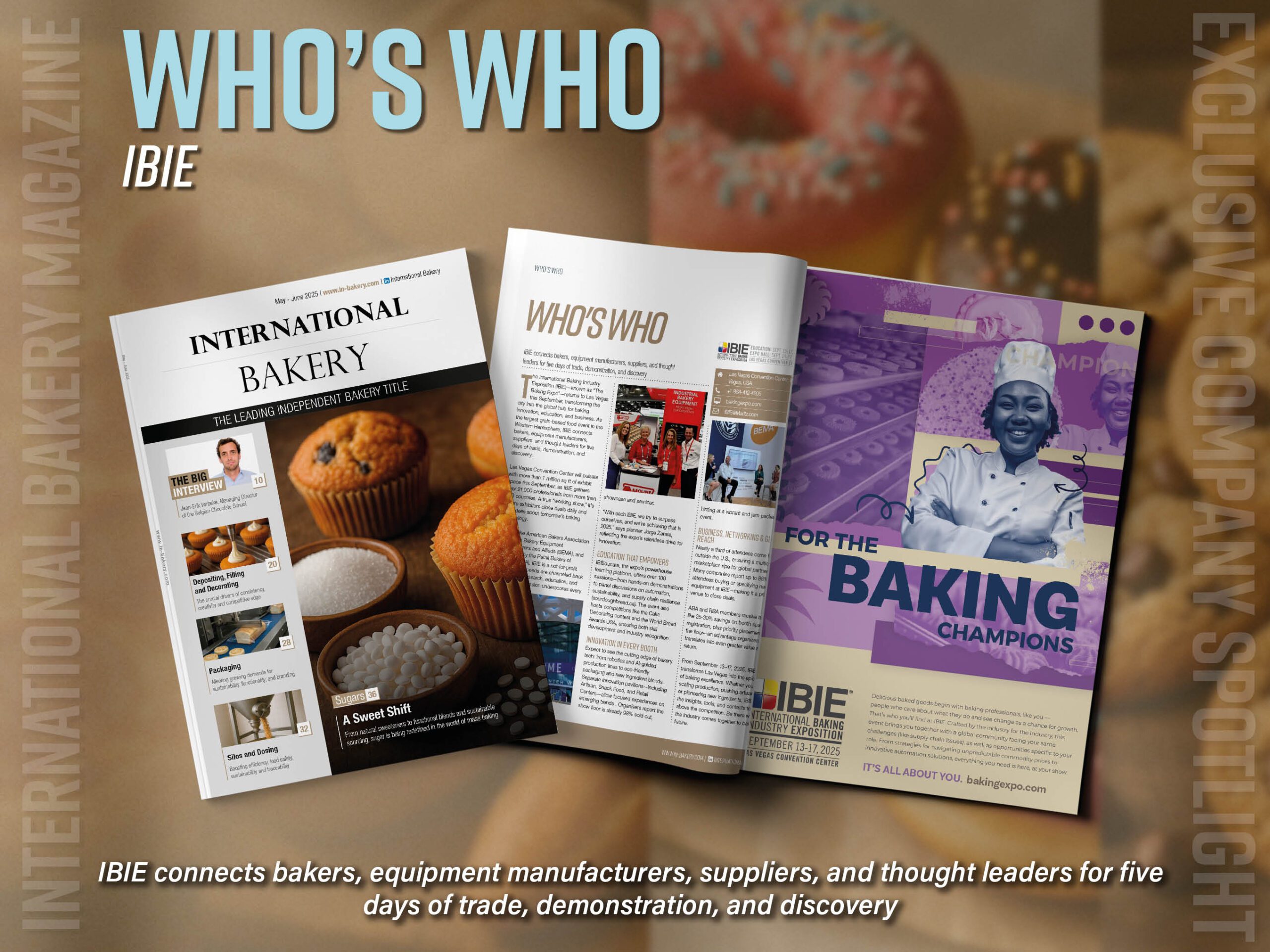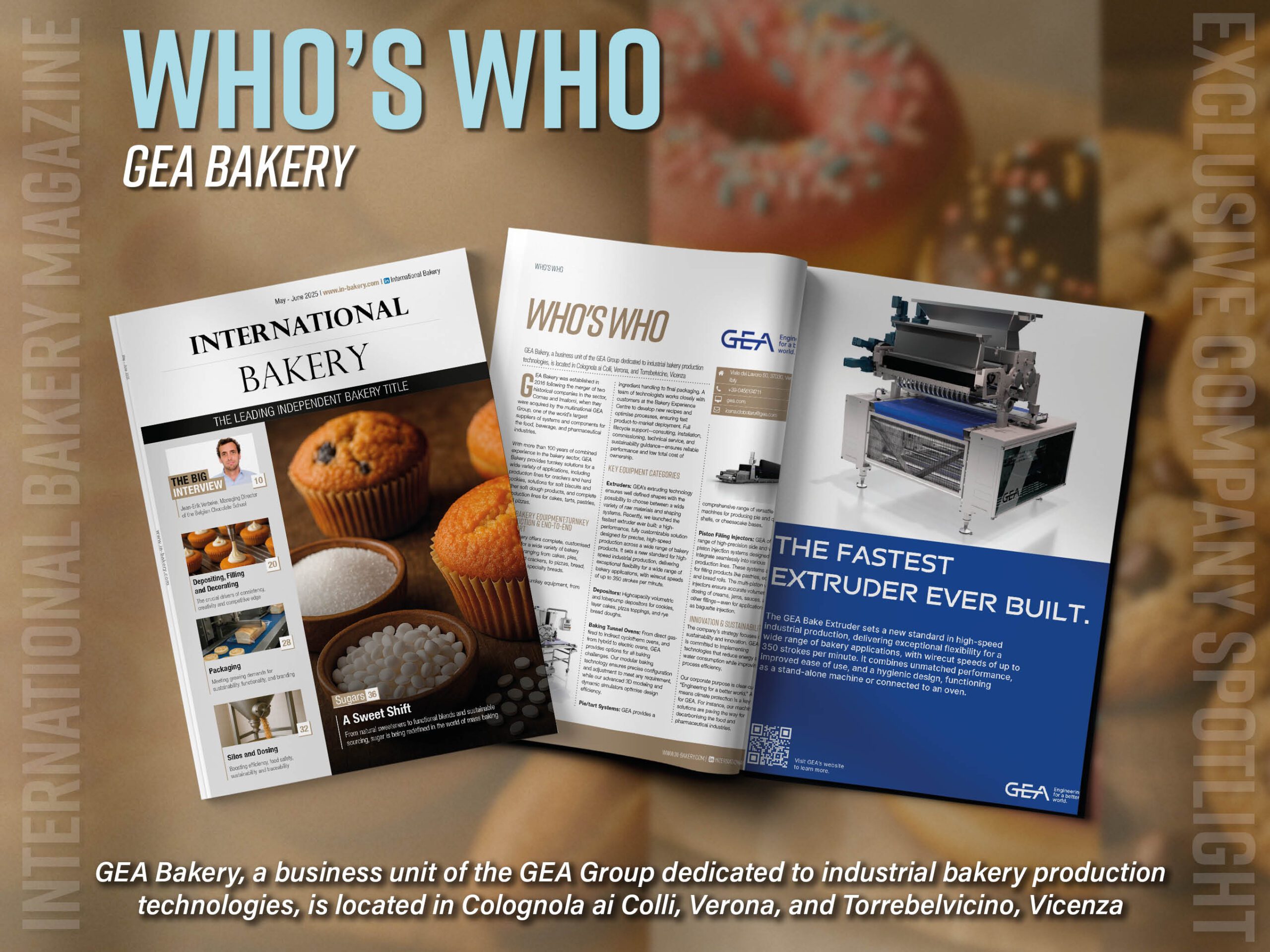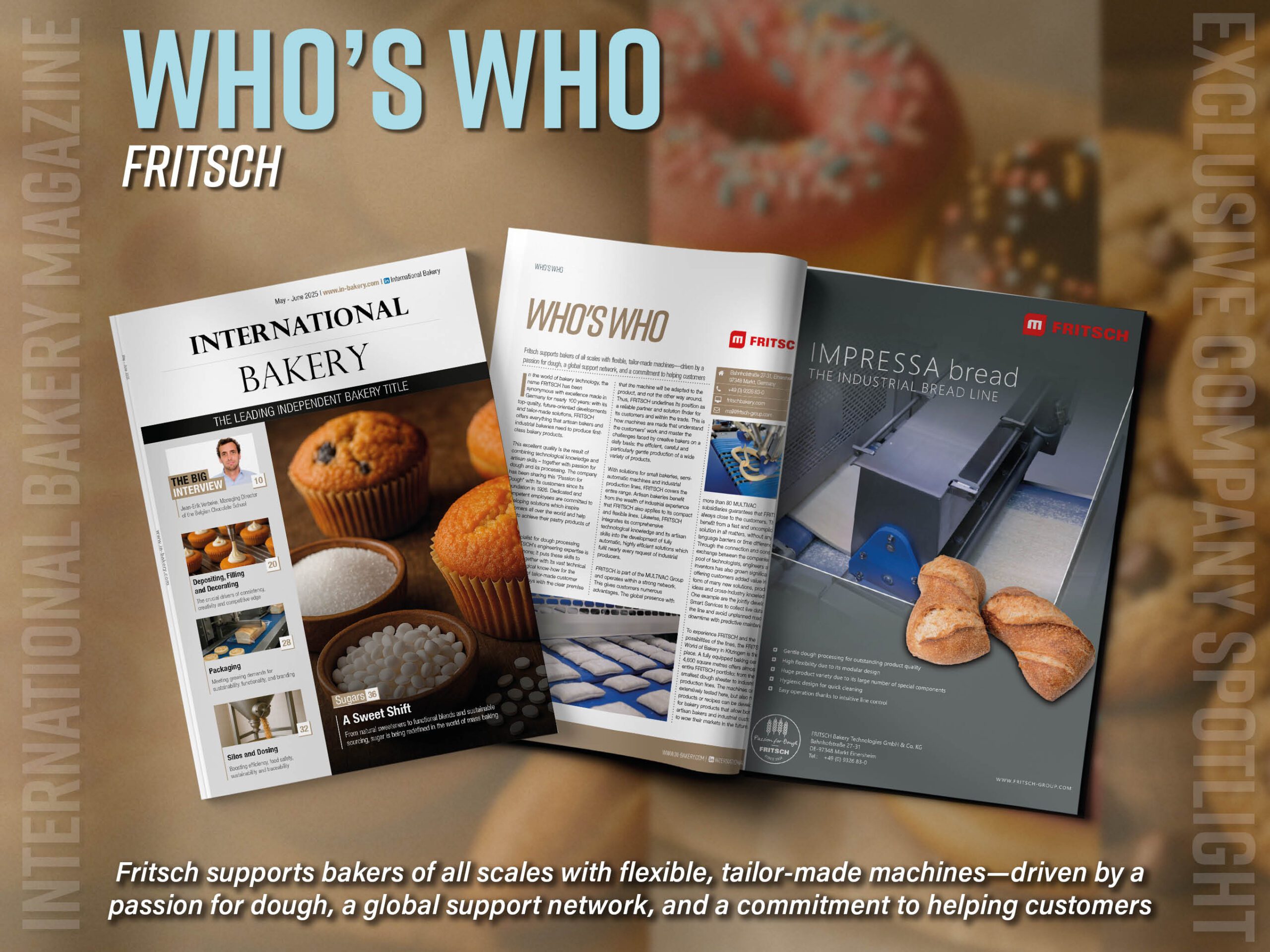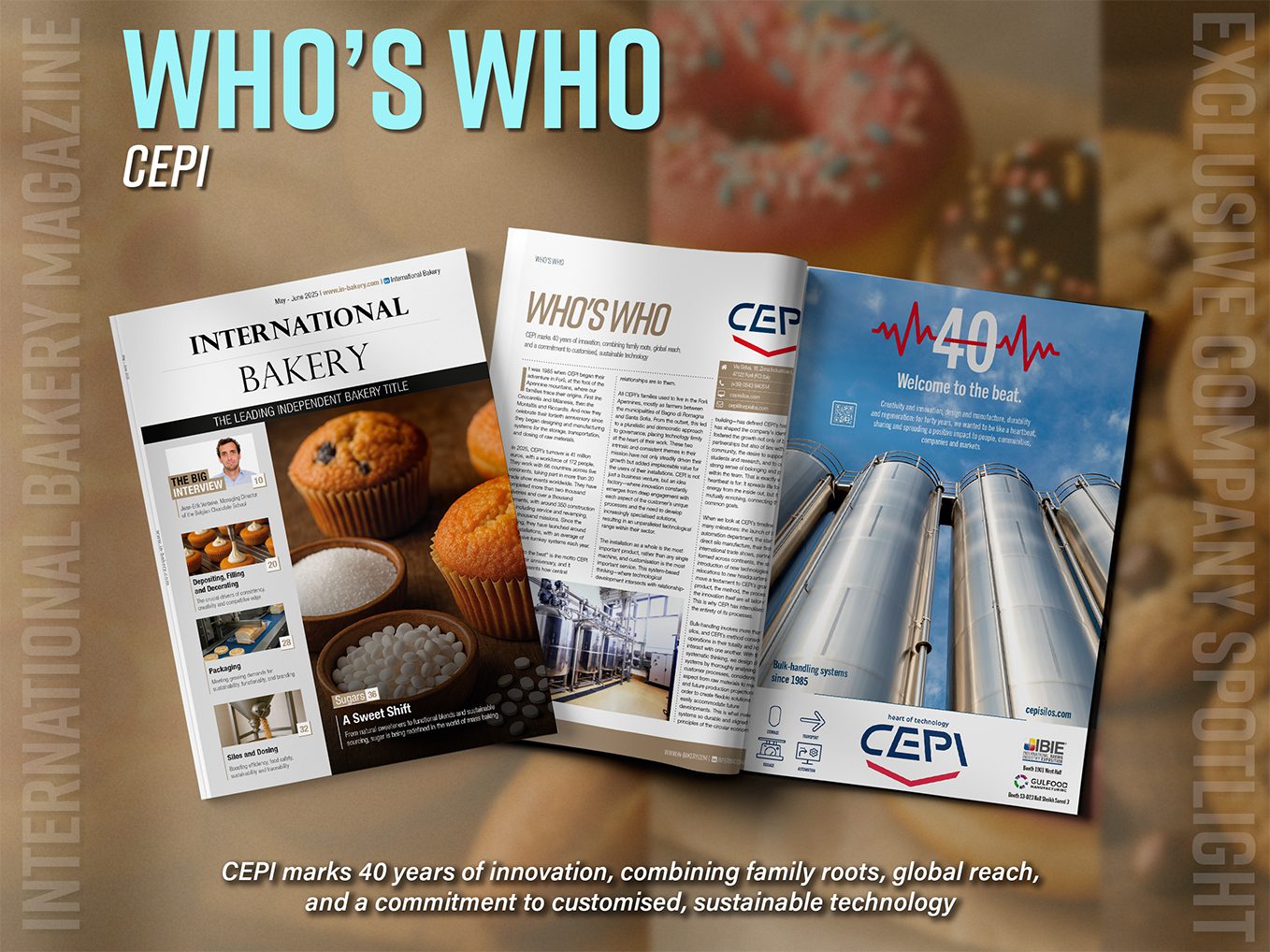Cama Group offers packaging solutions which offer flexibility and a smaller factory footprint to manufacturers, to keep up with their production pace.
New machine, new boxes, smaller footprint, and greater flexibility. Automated secondary packaging eclipses manual capabilities.
When production throughput reaches a certain volume, there comes a point when even the most heavily populated manual packaging operations simply cannot keep pace.
It is for this reason that many companies are investigating the flexibility and capabilities delivered by automated secondary packaging. Not only does automation cater for these higher throughputs, but it also delivers higher and more repeatable accuracy and quality and greater cost effectiveness, while normally occupying far less factory space.
Many incorrectly presume that speed and throughput come at the cost of flexibility, but Cama Group has proven this to be false. At a North American baked-goods company, thanks to a packaging solution that has rewritten the rule books, Cama revolutionised the customer’s secondary packaging operations.
Not only does the Cama solution address the need for higher throughout, but it does so with a more efficient packaging design and in a smaller-footprint monobloc machine that replaces two previous installations. What’s more, the customer has a choice of packing products into cartons and then six cartons into cases, or simply packaging six or 12 loose products into cases, thanks to a bypass solution incorporated into the machine’s footprint.
Our customer was comfortable with its existing primary packaging design and did not want to change the presentation of its secondary packaging, some of which comprises of multipack cartons which can be modified into shelf-ready trays.
“The customer was happy with its existing shelf-ready presentation for certain packaging formats, but was using pre-glued RSC cases, which place far greater demand on packaging operations. Our packaging design team worked with the customer to develop a wrap around carton, which offered identical aesthetics and shelf-ready tear offs but could be formed and fed from a blank magazine, in a process that is far less complicated and takes up less real estate.”
In operation, the machine receives the frozen bagged baked goods from the downstream bagger. A vision system detects the position of the bag tails before they are inserted into the concurrently formed wraparound carton, the vision system ensures the robots orient the packs in such a way that the tails are positioned near the hinges of the carton, preventing them from fouling any of the glue points. The cartons are then closed before being transferred to an integrated wraparound case packer, where they are packaged ready for shipment…
Read more latest industry news and developments in our free to download magazine.
Never miss a story… Follow us on:
![]() International Bakery
International Bakery
![]() @int_bakery
@int_bakery
![]() @Bakeryint
@Bakeryint
Media contact
Caitlin Gittins
Editor, International Bakery
Tel: +44 (0) 1622 823 920
Email: editor@in-bakery.com






